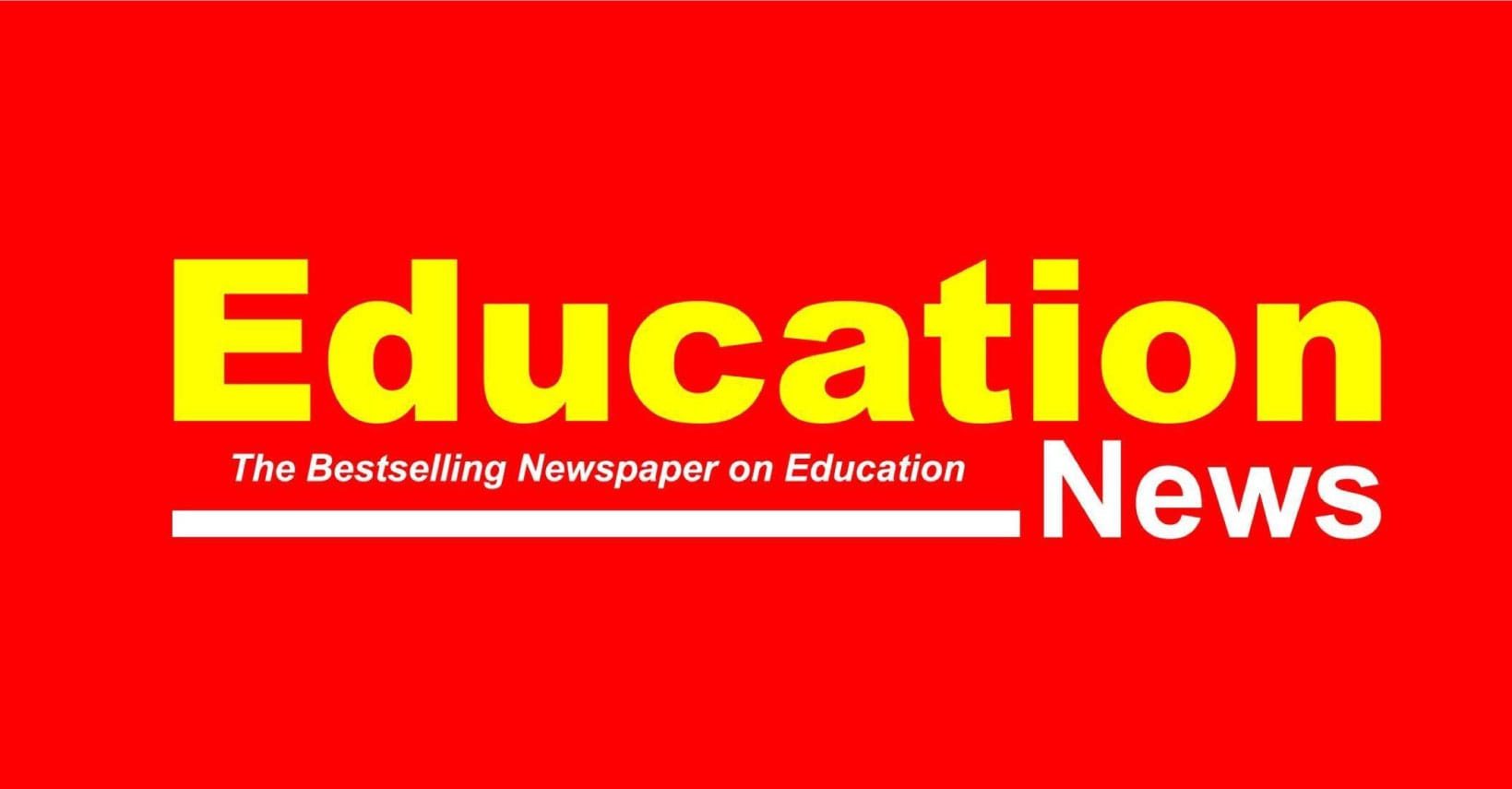A draft to framework for consultation on vision, plan and policy for the African EdTech 2030 has been launched.
The draft which is termed as ambitious with new vision sets out an achievable road map to transform African education systems through technology, were unveiled during the STEMtastic adventures Africa symposium held in Nairobi.
Having its alignment with the Agenda 2063, STISA-2034, CESA 2026-2035, and the African union (AU) digital transformation strategy, the vision, plan and policy framework envisage a Pan-African EdTech transformation grounded in the continents leadership and local innovation.
Speaking during the launch, AUDA -NEPAD programme officer Barbara Glover admitted that the draft vision plan and policy frame work is a catalyst meant to speed up needed changes in education for Africa.
“We are leveraging local innovation and leadership in Edtech to make Africa’s education systems more accommodating, resilient and hands on-driven, in relation to Agenda 2063 and the AU digital education strategy,” she opined.
She added that the framework is meant to introduce and present Africa’s unique position to bypass to the new Edtech away from the traditional educational infrastructure constraints.
ALSO READ:
Kilifi parents urged to monitor movements of their children during August holiday
“Just as mobile money succeeded in Africa before other regions due to limited traditional banking infrastructure, digital education can outshine the old conventional classroom-based systems because the continent isn’t constrained by legacy educational infrastructure.” she added.
“African schools can harness offline and mobile-first technologies to target and reach marginalised learners,” noted framework developers, highlighting how solutions designed for intermittent connectivity and basic smartphones can be exported globally to serve similar conditions worldwide.
With most African countries embracing the use of smart phones, with ownership of the gadgets among teachers exceeding 90% in South Africa and ranging between 30-65% in Ghana, Nigeria, and Kenya, it is a good platform for mobile-first educational interventions that other continents are still developing.
In reference to the attaining of the vision for 2030 goals, the framework establishes an ambitious yet achievable vision.
“Every African learner regardless of gender, location, disability or background has affordable access to high-quality, localized digital learning resources on reliable devices within an inclusive ecosystem that fosters innovation and entrepreneurship.”
This practically is meant to enable a student in rural Tanzania can access quality chemistry lessons in Kiswahili using easy to access offline devices, while teachers across the continent can also share resources seamlessly. With African based developed educational applications it will be able to compete globally while serving local needs first.
ALSO READ:
Kakamega North teachers meet Prime CS Mudavadi to fast-track school upgrades
The harmonized environment will further enable a teacher in Kenya to use courseware developed in Nigeria, whilst student data remains nationally secure despite contributing to continental learning insights.
Strategic framework and implementation of the African EdTech 2030 Vision & Plan advances six strategic objectives:
Access and infrastructure: Expand digital access via low-cost devices, solar solutions, and offline-first technologies, building on the fact that smartphone ownership among teachers already exceeds 90% in South Africa and ranges between 30-65% in countries such as Ghana, Nigeria, and Kenya.
Courseware development: Promote locally made, curriculum-aligned, multilingual digital courseware, including successful examples such as Senegal’s Wolof-language XamXam platform serving 1.2 million users.
Teacher capacity: Up skill teachers in digital pedagogy, content curation, and data use with specific emphasis on fostering positive attitudes and building confidence in using technology for learning.
Interoperability and standards: Institutionalize vendor-neutral interoperability frameworks through AUDA-NEPAD’s standards-based vendor-neutral EdTech policy framework.
Policy and governance: Support data privacy, equitable funding, and regulatory harmonization across the continent.
ALSO READ:
Data and research: Generate and use robust data and research to guide policy, monitor learning outcomes, and ensure continuous improvement. The Edtech implementation will occur through three phases:
Foundation building (2024-2026) that will develop continental policy frameworks enabling cross-border content sharing and establishes technical standards.
System integration (2026-2028) scales interoperable digital public infrastructure, enabling single sign-on access to multiple educational applications whilst deploying regionally developed courseware.
Consolidation and export (2029-2030) positions Africa as a global EdTech exporter while launching the Pan-African EdTech innovation and research hub.
The digital public infrastructure as a public good approach means teachers won’t juggle multiple passwords and platforms instead will access integrated educational tools through unified systems as they maintain local language and curriculum relevance.
Stakeholder mobilization and sustainability will clear roles for all the educationists who are encapsulated in the plan and framework, creating accountability where it is needed.
By WAKHUNGU ANDANJE
You can also follow our social media pages on Twitter: Education News KE and Facebook: Education News Newspaper for timely updates.
>>> Click here to stay up-to-date with trending regional stories
>>> Click here to read more informed opinions on the country’s education landscape






